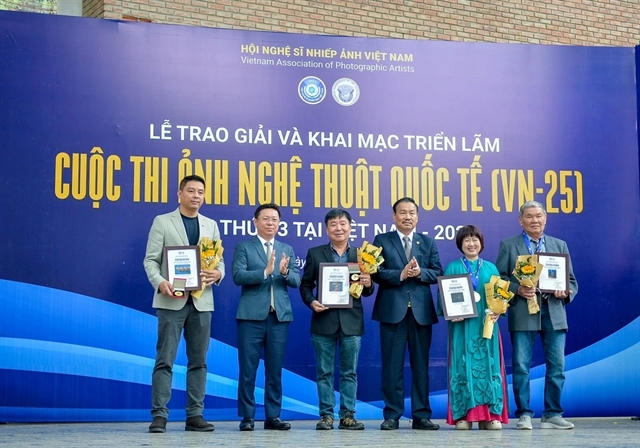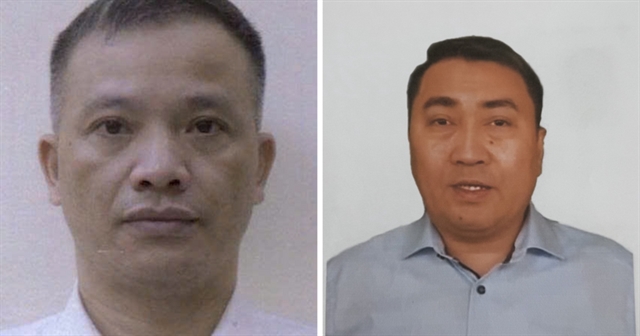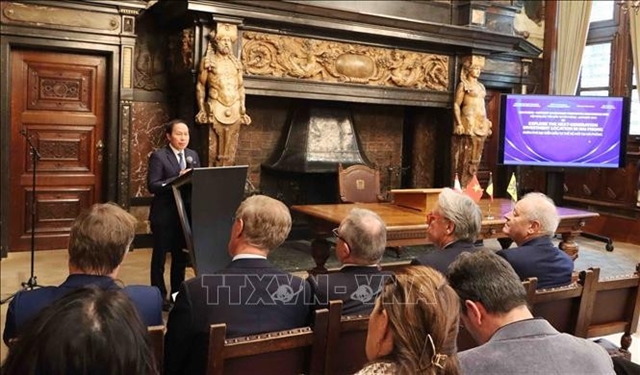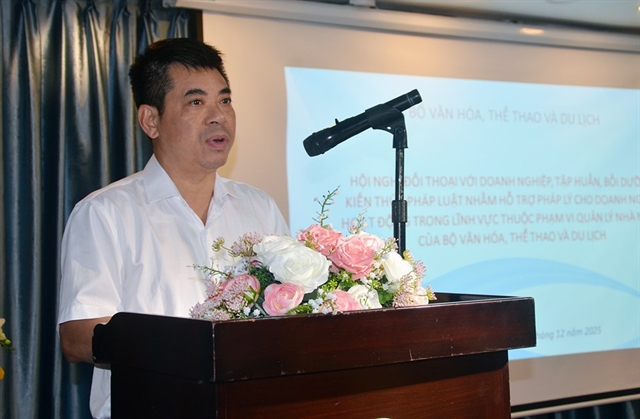 Life & Style
Life & Style

 |
| The Vietnamese version of Rubber and the Making of Vietnam: An Ecological History, 1897–1975, translated and published in Việt Nam by Hồ Chí Minh City General Publishing House. Photo courtesy of the publishing house |
Lương Hương
A book that explores the impact of rubber plantations on the material and symbolic landscape of Việt Nam and its neighbouring countries has been translated and published in Việt Nam by Hồ Chí Minh City General Publishing House.
Entitled Cây Cao Su Ở Việt Nam Dưới Góc Nhìn Lịch Sử - Sinh Thái (1897 - 1975) (Rubber and the Making of Vietnam: An Ecological History, 1897–1975), the book traces the history of rubber cultivation in the region, from the early experimental plantations in the late 19th century to the industry's dominance in the mid-20th century
Unlike many other books and research on rubber cultivation in Việt Nam which primarily provide information on the economy and politics of rubber plantations from the perspectives of European owners and managers, the book takes a different approach - from a historical and ecological perspective.
It highlights the reciprocal impact between rubber trees and the environment in which they grow, and how the development of rubber cultivation is closely linked to each stage of Việt Nam’s history.
Rubber and the Making of Vietnam: An Ecological History, 1897–1975, first published by the University of North Carolina Press in 2018, is the result of a decade of research and two additional years of writing and revisions by its American author, Dr Michitake Aso.
 |
| Rubber and the Making of Vietnam: An Ecological History, 1897–1975 is a ten-year research project of Dr Michitake Aso. Photo courtesy of the author |
“I came to this project for both personal and intellectual reasons. I majored in environmental engineering as an undergraduate at UC Berkeley, and I was frustrated by the lack of attention to societies, history, and politics in engineering,” recalled Aso.
After finishing his degree in 1998, he went to Việt Nam and taught English for two years, mostly in Biên Hòa in Đồng Nai Province. It was when he saw rubber plantations for the first time and was fascinated with this knowledge.
Aso decided to go to graduate school to better understand what he had gone through and the knowledge he had gained. He ended up in the History of Science department at the University of Wisconsin where he studied under Gregg Mitman, Warwick Anderson, and Rick Keller, who all do work at the intersections of science, medicine, and the environment.
“With their guidance and the Southeast Asian studies faculty at Madison, I sought to incorporate historical methodologies into thinking about Việt Nam as a place. It struck me then that rubber was one of the most interesting things that I could examine,” he said.
During the course of this research project, Aso had to spend extensive time digging in archives in Việt Nam, France, the US and Cambodia. He also talked to rubber experts, former plantation workers and even a former plantation manager living in France in order to obtain a rich and diverse source of reference materials.
One of the most surprising findings that Aso came over is how disease shaped the production of rubber.
“From reading secondary sources, I had a notion that diseases such as malaria were important, but I was surprised to find out how surprised the French were by diseases. Whether or not French owners and managers were honest in their publicised efforts to care for worker wellbeing, illness and death affected the profitability of plantations.
“Yet, they failed to consider diseases when clearing primary and secondary growth forests for plantations; or perhaps more accurately, they were prepared to accept a certain level of morbidity and mortality. They were unprepared for the devastating effect that malaria and other diseases had on Vietnamese workers, especially during the 1920s when most of the clearing work was done,” he said.
In writing this pathbreaking research, the US author has also used interdisciplinary scientific knowledge, including geology, geography, anthropology, political science, economics and medicine to clarify the mutual impacts between rubber trees and all aspects of life in Việt Nam.
The rich knowledge and abundant sources that the author used have contributed to the success of the work. Rubber and the Making of Vietnam: An Ecological History, 1897–1975 was awarded the Henry A. Wallace Prize by the Agricultural History Society in 2018, as well as the Charles A. Weyerhaeuser Prize by the Forest History Society. VNS




